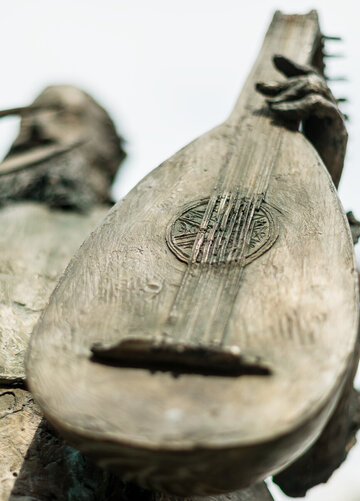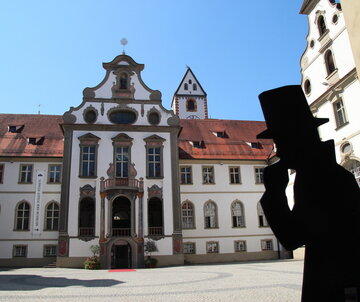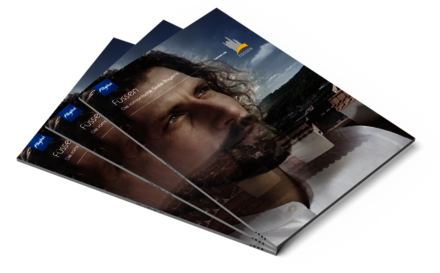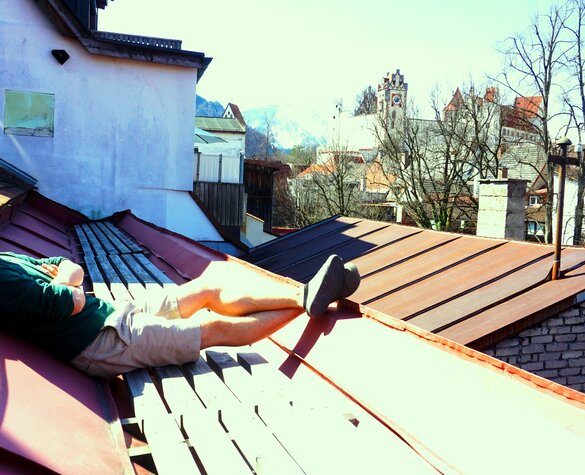Lutes & Violins
The art of lute and violin making has a long and proud history in Füssen. Masterful craftsmanship and innovative techniques have been passed down from generation to generation. The lute makers and violin makers of Füssen created instruments that not only impressed with their tonal quality, but also with their aesthetic beauty.
The good wood from the local mountain forests, the Via Claudia Augusta as a trade route and the navigable Lech river as a transport route for the raw material wood - the foundations for Füssen's rise as the cradle of commercial lute making in Europe were ideal. In 1562, the first lute makers' guild in Europe was founded in Füssen. However, this was already an indication that the profession of lute maker was struggling with problems. This was because the guild obligation regulated the market.
You can admire an impressive collection of historical lutes and violins in the Füssen Museum, which is housed in the former Benedictine monastery of St. Mang. Discover the artfully crafted lutes, violins and other stringed instruments that bring the musical history of this region to life.
But the tradition of lute and violin making in Füssen still lives on today. In modern workshops, talented craftsmen continue the centuries-old tradition and produce instruments of the highest quality. Immerse yourself in the world of sound and craftsmanship and be inspired by the past and present of lute and violin making in Füssen.
Lautenmacherbrunnen at the bread market
The fountain at the bread market is a reminder of the great tradition of lute and violin making in Füssen. Based on a portrait of the lute maker Caspar Tieffenbrucker, Joseph Michael Neustifter created the bronze fountain figure. The instrument maker proudly holds his lute up to the viewer. The inscriptions on the fountain column document this special cultural and historical achievement in detail. A purse has been left on the edge of the fountain basin, a tribute to the fountain's donor, the Sparkasse.
Caspar Tieffenbrucker (1514 - 1571), born in Tiefenbruck near Roßhaupten, was the most important lute maker in the Füssen region. The most famous lute makers in Europe in the 16th century came from his family. Around 1550, Caspar Tieffenbrucker moved to Lyon and achieved royal honors. A workshop is depicted in a detailed scene, with the inscription below: "Lute makers have been known in Füssen since 1436. The Füssen lute makers' guild of 1562 is the oldest in Europe. At the time, the town was the center of European lute making."



Museum of the city of Füssen
Visit the museum of the town of Füssen in the former Benedictine monastery of St. Mang. Here you can find out more about Füssen as the cradle of European lute and violin making and visit special baroque rooms.
Musical stories from a different time
Leaflets and flyers
View, download or order brochures, local maps and leaflets.







